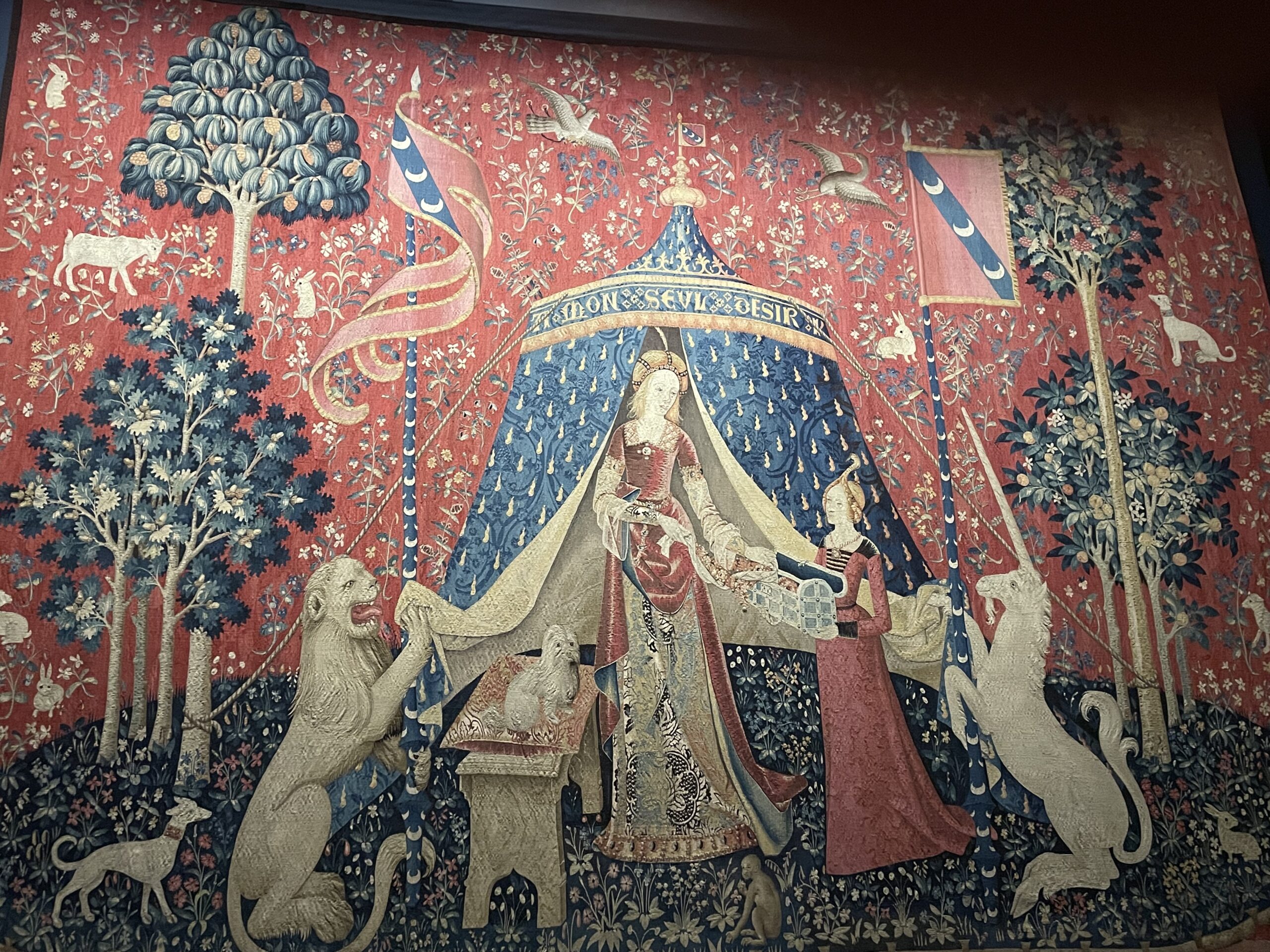How many historical events are commemorated with art? Maybe you saw the recent story about King Charles III’s Coronation Roll, a beautifully hand-written manuscriptthat is 21 meters/69 feet long. As an amateur calligrapher, I’m astounded by the precision and artistry of this massive work.
Illustrated in vibrant hues with special ink, the Roll serves as an official state record of the Coronation ceremony and the people in attendance who swear their allegiance to the monarch. This UK Coronation Roll is a modern-day version of a tradition that’s been observed since the first Roll in 1308. The last one was inscribed 70 years ago for Queen Elizabeth II.
Many countries preserve historic moments with their own recording methods, whether they are documents carefully created to stand the test of time, paintings, tapestries, carvings, or statues.
Art, in its many forms, has been commissioned to display wealth and importance, memorialize leaders, and record official events. It has been used to celebrate civic occasions and athletic feats, and as somber reminders of the ravages of war and human loss from other causes.
Whether a community mural is painted by local residents, or a masterpiece portrait is commissioned for a private collection, art can be both a shared experience and a deeply prized personal possession.
More recent times have seen protest art come into its own, with individuals or groups overlaying messages on existing monuments or creating something new in a public space.
New residents in a host country can take advantage of art museums to get a sense of the nation’s culture, history, and aesthetic views. Art installations that are off the beaten track often reveal much about a moment in time. Certain modern public displays can be thought-provoking or educational.
In the interest of fully experiencing a host country, Living Abroad’s destination information covers local museums and other cultural venues.
Written by Ellen Harris, GMS, Product Manager, Content Group


